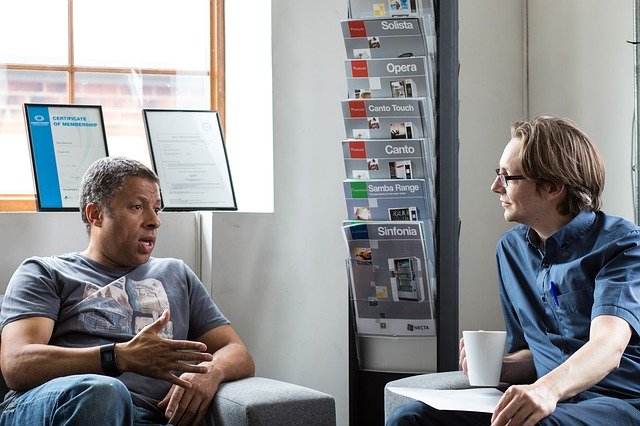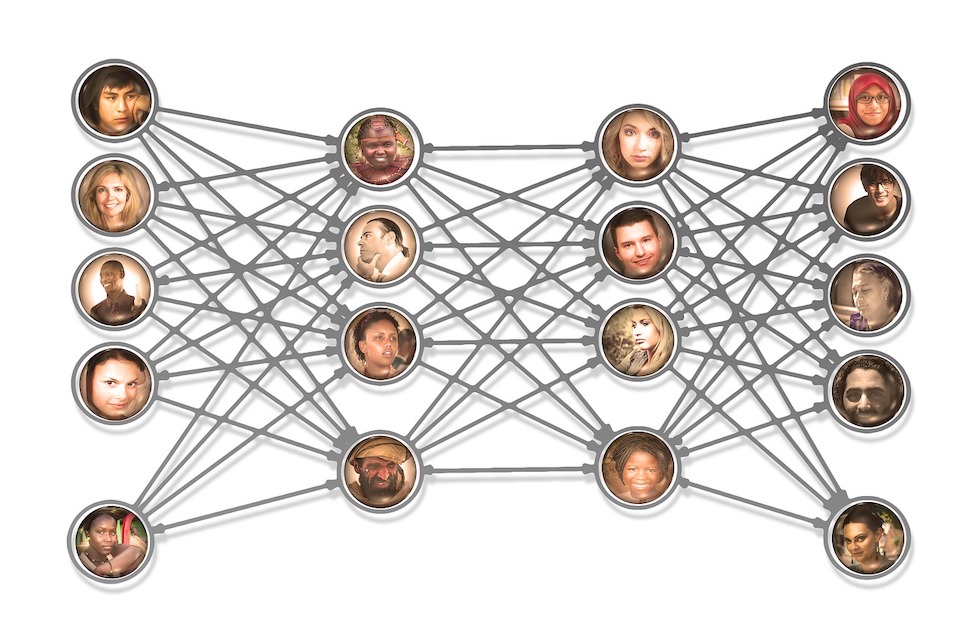Introduction
Ask any manager why they got into their role and you’ll probably hear something about wanting to lead people or make a contribution to the company or prepare for a higher-level executive position. A few who are a bit older might tell you, as I would, that it wasn’t something they set out to do, but it was the only path to career advancement in their company at the time.
But if you keep asking “why”, with the annoying persistence of a five-year-old, eventually many of us would admit that we wanted to be in a position where we could finally tell other people what to do. When you hear that, I encourage you to ask a follow-up question: “So how’s that going for you?”
Since you’ve already worn down our resistance, we’ll probably respond with a lament that the job isn’t really like that. Sure, we may have some people directly reporting to us, but we rarely give them “orders”. Instead, we suggest, we coach, we motivate and delegate. And when we do speak directly, it’s usually preceded with “please” and followed by “thank you”.
Listen more closely and you’ll hear us acknowledge that, most of the time, the persons or teams who actually perform the work we need done to achieve our results don’t report to us at all. We can’t command their performance, we have to persuade the person or team to do what we want.
We have to use INFLUENCE.
In our highly matrixed organizations, where we often work with cross-functional teams, managing by influence is one more critical factor in our success.
Yes, sometimes we have to be very direct in getting our point across. But managing by influence is not about intimidation or arm-twisting. It’s not Machiavellian. It’s about looking for a win/win with your colleagues so you both can deliver the results the organization expects from you…and then some.
Let’s dig deeper into this.
Influence is based on relationships, not authority
An interview question I often asked was, “How have you managed by influence instead of authority?” This was an important skill in the organization where I worked because my team members and project managers had to engage with many other groups to get things done. Most of the time those groups had other pressing priorities besides what we were asking them to do.
A common answer I heard from job candidates was “I get to know people. I create a relationship.” The candidates I ended up hiring usually followed with, “I find ways to help them first.”
The people who answered like that understood that their work was much more than transactional, it was based on a foundation of good working relationships. It was not enough to say “Do this thing that I need done “, because the other party had no obligation to follow those orders and the requester had no authority to give them.
Those candidates also knew that building relationships was about more than just inviting someone to talk over coffee. (Though that’s always been a good place to start.) It was about finding out how they could help the other person accomplish their goals – first. Then they could ask for help with their own goals.
Zig Ziglar, the legendary salesman and motivational speaker, is often quoted in this context. He wrote,
“You can get anything you want in life, if you will just help enough other people get what they want.”1
If you’re looking for a quick fix, you’ll have to find it somewhere else. Building relationships doesn’t happen overnight. But you’re in this for the long haul.
Influence is about aligning your interests
In addition to nurturing relationships, managing by influence requires that you align your interests with those of your colleagues. Author and business coach Donald Miller addresses this topic in his 3 minute video, “How to get people to want what you want”
Donald’s key points are:
- Understand what the other person wants and associate your needs with theirs.
- Find out what they want.
- Don’t try to change their minds.
- Show how what you want helps them get what they want.
- Be genuine about it.
I’ll share a story to illustrate how managing by influence worked for me.
Several years ago, I was leading an IT team that supported an engineering group that worked with our company’s customers. The engineering team had created a new service that captured real-time operating data from equipment in the field and transmitted it back to the factory for analysis. By doing this, they hoped to anticipate equipment failures and notify the customers to schedule maintenance, thus preventing costly downtime. At the time, the cellular networks in the US were not as robust as they are today, and we experienced numerous failures in transmitting the data. Our engineers were frustrated, as were our customers. My team had to find an answer.
I knew that my team couldn’t solve the problem by ourselves. We needed the expertise of our shared services group, a large organization that managed networks, data centers, telecoms and other parts of our company’s infrastructure. The shared services team had a reputation for being unresponsive, which I thought was unjustified. I knew that they were buried under a never ending queue of problem tickets and complaints. Their technicians were always “heads down”, working their lists of issues, and had no line of sight to our external customers.
I also knew that the shared services team wanted some recognition from the business leaders I worked with. They also wanted a chance to demonstrate their value and to see the impact of their work on customers.
We had tried submitting requests through the normal ticketing channels, but had not gotten the results we needed. I decided that rather than continuing on that transactional approach, we needed to work on the relationship between our two teams.
I knew the manager of the team that could help us, so I called him and asked if we could buy his team lunch. Over the years I had found that pizza worked well as a lubricant for problem-solving discussions. I took my team to their location, and over lunch, we explained the problem in context. Our key points were:
- “One of our customers has a problem.” (It was our customer. A customer of our company, who helped pay our salaries. It was not my problem, but our customer’s problem.) We talked about the customer – who they were and how much business they did with our company. We talked about the business and engineering leaders who were sponsoring the project.
- “Here’s what we understand today.” We drew pictures on the white board to illustrate the process we were trying to make work and highlighted the points of failure. We explained our perception of the problem, without trying to suggest a solution.
- Then we asked, “How would you suggest we solve this problem for our customer?”
At that point, our presentation ended and the discussion began. I remember several members of the other team walking to the white board to annotate the sketch or to ask questions. There was an excited huddle as the members identified different approaches to the problem.
The bottom line was this: We let them propose the solution. It was not the solution we had in mind when we began the meeting. It was a better one.
And best of all, it was their solution. They owned it. They felt accountable to deliver, and they did. I was soon able to report to my stakeholders that the shared services team had delivered the solution. We got our problem solved and the shared services team got the recognition they sought.
Conclusion
In situations like the one described above, I used to say to my colleagues, “I want you on the same side of the rock, pushing with me, not on the other side, pushing against me.”
Managing by Influence is a key skill for managers at all levels. You’re looking for a win/win, not a way to manipulate. Focus on building relationships with your peers and partners. Look for ways to align their interests with yours. Help them deliver their results first before you ask for their help delivering yours. And always, always give your colleagues public recognition for their contributions.
Your results will follow.
To your success,

Footnotes:
1 Attributed to Zig Ziglar, “Born to Win: Find your Success Code”, but it is quoted so often that it may be out of context.

How have you seen influence work in your organization?
Leave a comment below or send me a note through the Contact Form.


Great approach. Stories in action help make it possible to replicate. Humanity in the workplace is so important. Accomplishing this with remote workers may take some creative solutions. What better way to work toward the intent of influence than checking with employees about how they are doing. Knowing you care will get them a long ways toward helping solve issues.
Mike, great topic! Leading by influence is the ONLY way to lead today’s distributed workforce. You can be a highly accomplished technician or leader in a “past life”, but unless you adapt to societal changes, you will not succeed today. The connection is key, people don’t care what you know, until they know that you care!